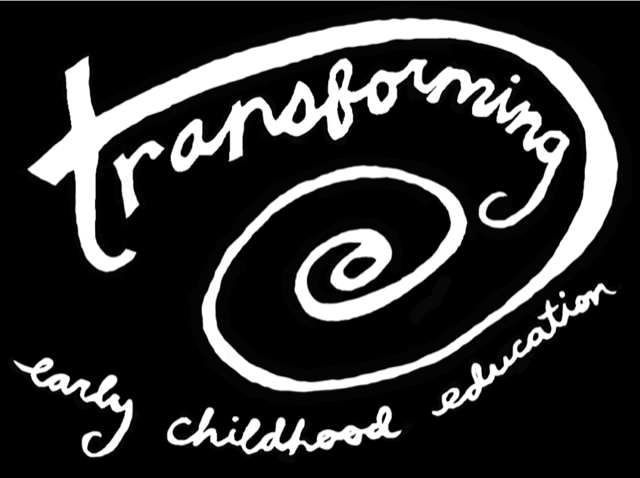What is Bilateral Coordination?
What is Bilateral Coordination?
During a recent workshop session, I discussed the importance of understanding the sequence of motor skills development. We need to understand what skills are required before another skill is developed. When we don’t understand the sequence of motor skill development, we are often frustrated (and confused) when a child can’t complete a task they are presented with.
So, what is bilateral coordination? Bilateral coordination is our ability to move two parts of our body together for a motor task. This requires our brain to communicate between both hemispheres (through the corpus callosum.) Bilateral coordination is linked to the vestibular system (one of our eight senses), which creates our sense of balance and spatial orientation.
Bilateral coordination is necessary for any two-handed skill, such as getting dressed, using utensils to eat, turning the pages in a book, and catching a ball. Bilateral coordination development takes place in three stages. Understanding these stages will help you plan for the children in your care.
First in the sequence is symmetrical bilateral coordination: children are learning to pull on their socks and pants up their feet/legs. They are clapping their hands, squeezing a bottle of paint (using both hands), and clapping to the beat of their favorite song.
Next in the sequence is alternating bilateral coordination: children walk, climb, jump, and do animal walks.
Third, in the sequence is the dominant side and stabilizing side together: children are holding a piece of paper with one hand while ripping it with the other, children are grasping the piece of paper with one hand and coloring with the other, children are opening their lunch containers, and children are buttoning their clothing.
Remember, we need bilateral coordination for almost every activity we perform in life. When we focus on helping a child develop their bilateral coordination, we support their fine motor (small muscle) and gross motor (large muscle) development. This whole child approach to teaching and learning is what each child in our care needs to be successful in life both inside and outside of our classroom walls.
If you are looking for ways to support bilateral coordination in your program, check out the resources below:
BILATERAL COORDINATION ACTIVITIES



